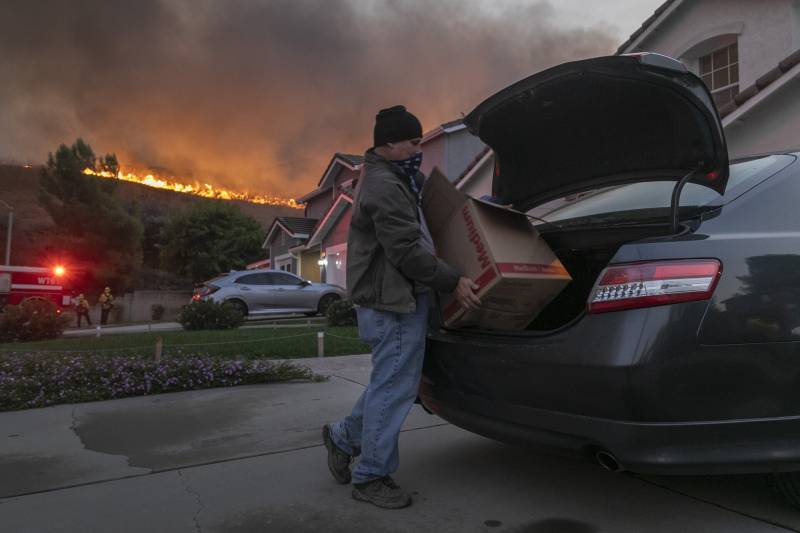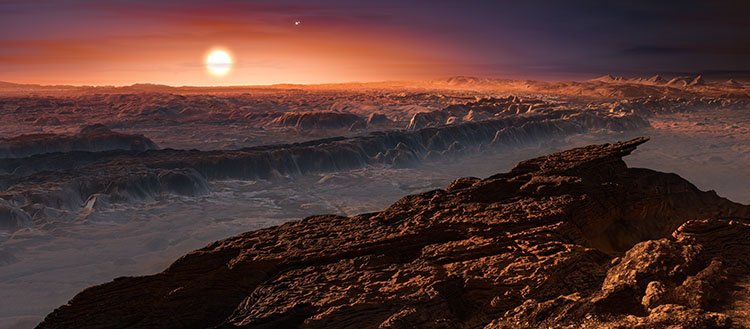As the second year of the COVID-19 pandemic draws to a close, it’s been another year with no shortage of big science news.
But amid all this, you — our KQED Science readers — also enjoyed many non-coronavirus stories. From the sea to the stars, keep reading for a look at the science stories you read most in 2021.
To make sure you get the latest science stories, follow KQED Science on Twitter and Instagram.
Astronomy
Did Earth receive a radio transmission from Proxima Centauri, the nearest star to our solar system? You joined us in curiosity when we pieced together the facts around an unusual signal detected by the Parkes radio telescope. Was it an artificial signal? Are aliens trying to communicate with Earth? Although researchers now say that the signals were likely just interference from human technology, the mind can’t help but wonder about the endless possibilities of life beyond Earth.
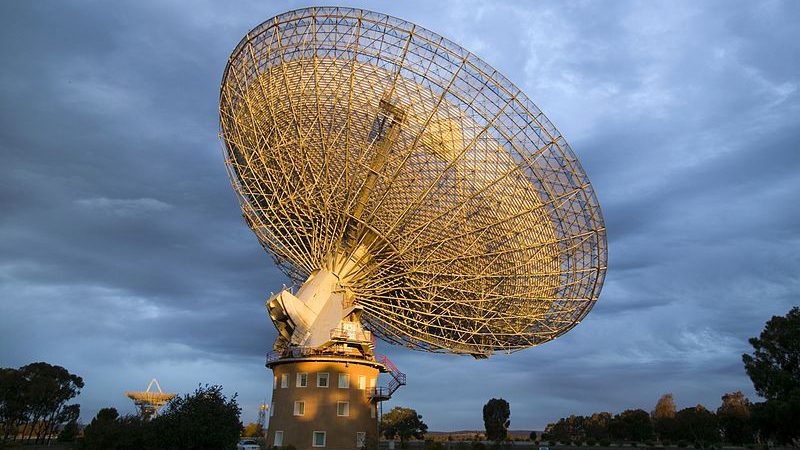
It was exciting news for us, when we found out that NASA would extend its Juno mission for another four years, and we’re glad you enjoyed reading about it, too. Fun fact: by the end of its extended mission in 2025, Juno will have orbited Jupiter 76 times over eight years and collected enough data to keep scientists busy for many more years to come. Before Juno, little was known about the wind and cloud systems of the polar regions.
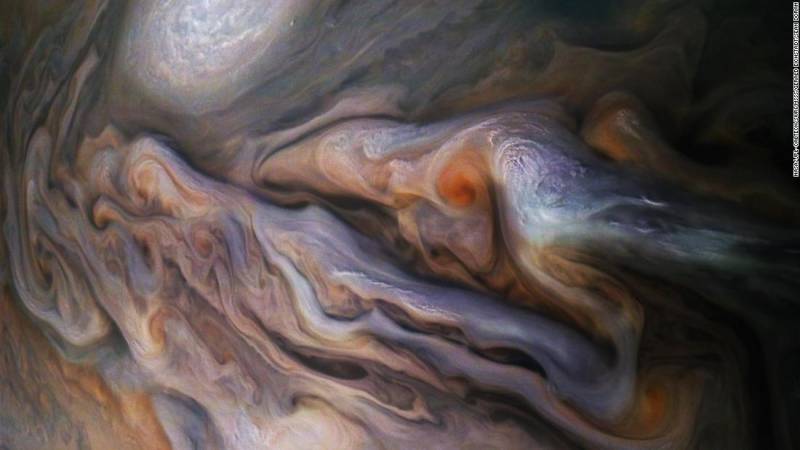
COVID-19
With the COVID pandemic showing no signs of ending any time soon, reader interest in the coronavirus remained high this year. During the first months of the initial vaccine rollout, you were very interested to learn about the differences between the three vaccines and whether you should take that Johnson & Johnson vaccine. (Experts said: yes, you should!) You were also curious about the reality of breakthrough cases, and how to reduce your risk of getting one.

Be sure to check out the latest news about the omicron variant, and how to find a quick COVID test in the Bay Area.
Drought
It looks like California wine isn’t at a tipping point because of climate change. Read this popular story about how Bay Area wineries are changing grape growing practices with severe drought and wildfire conditions. We heard from growers who are experimenting with dry farming and applying “sunscreen” to grape leaves, to help them survive extreme conditions.
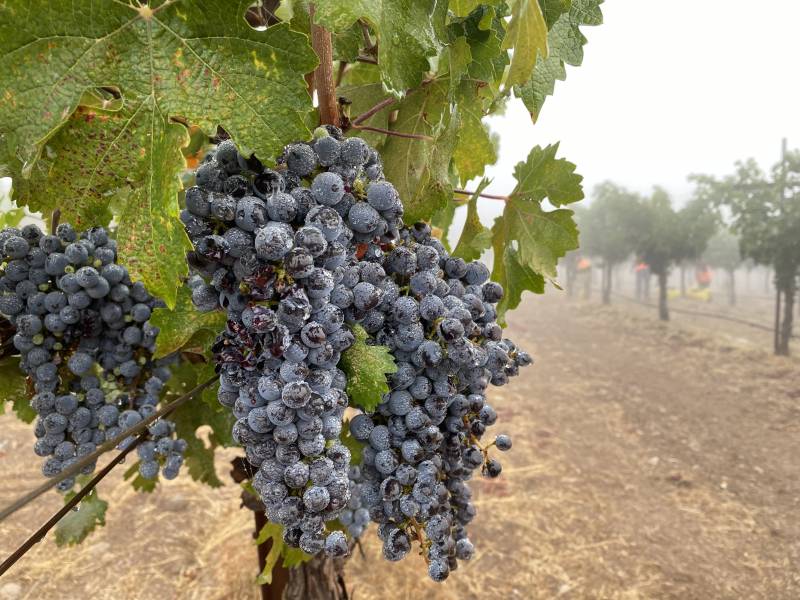
We also talked with farmers, water leaders, and residents living along the Russian River to hear how they faced the worst of this year’s drought.
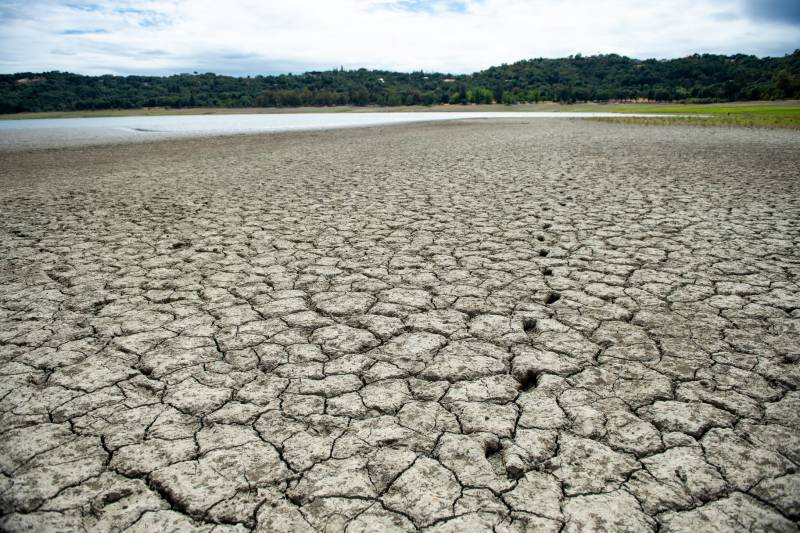
Sea level rise
A regular oscillation in the lunar orbit will temporarily suppress flooding from rising sea levels this decade, only to worsen across the Bay Area in the mid-2030s, as the moon sways back. This, if you didn’t know, is called a “moon-wobble.” Read more about the moon wobble and how scientists predict climate change will impact the bay’s shoreline.
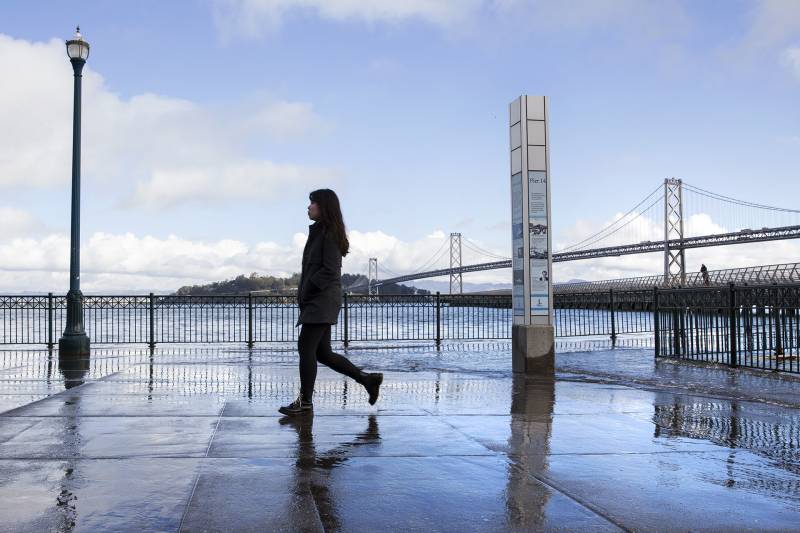
East Palo Alto is one of the most vulnerable Bay Area communities when it comes to sea level rise. The city is bound by water on three sides, and heavy rains regularly swell the creek and flood the city’s eastern sections. Our story from April looked at the solutions this small but mighty city has for rising sea levels.
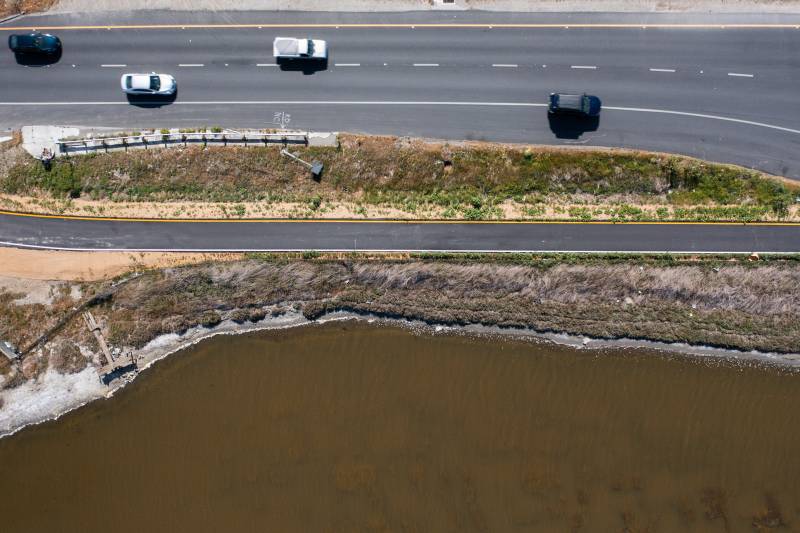
“Rising seas is one of the most certain of the effects of climate change,” said Mark Stacey, a UC Berkeley environmental engineer. “We know much of that is already baked in, and we know the seas are going to continue to rise at pace and perhaps accelerate in the coming decades.” Look at KQED Science’s map to see if your home may be affected by sea level rise in the future.
Wildfire
In September 2020, the Creek Fire, California’s fifth largest wildfire on record, roared toward the community of Rock Haven, a community of 16 cabins surrounded by the Sierra National Forest about an hour east of Fresno. But instead of consuming everything in its path, the fire suddenly dropped and calmly burned along the forest floor. Read the compelling story of how this small community saved itself from destruction.
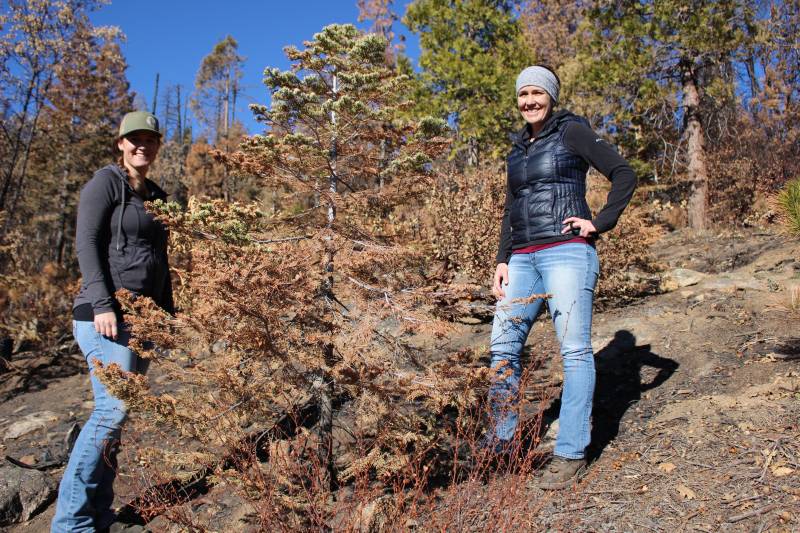
UC Berkeley researchers studied three California communities that were hit hard by catastrophic fires over the last five years — Santa Rosa, Ventura and Paradise — and suggested rebuilding alternatives in a new report, like relocation of residents to lower-risk areas. Read more about the scientist’s recommendations for reimagining where our state’s residents live.
